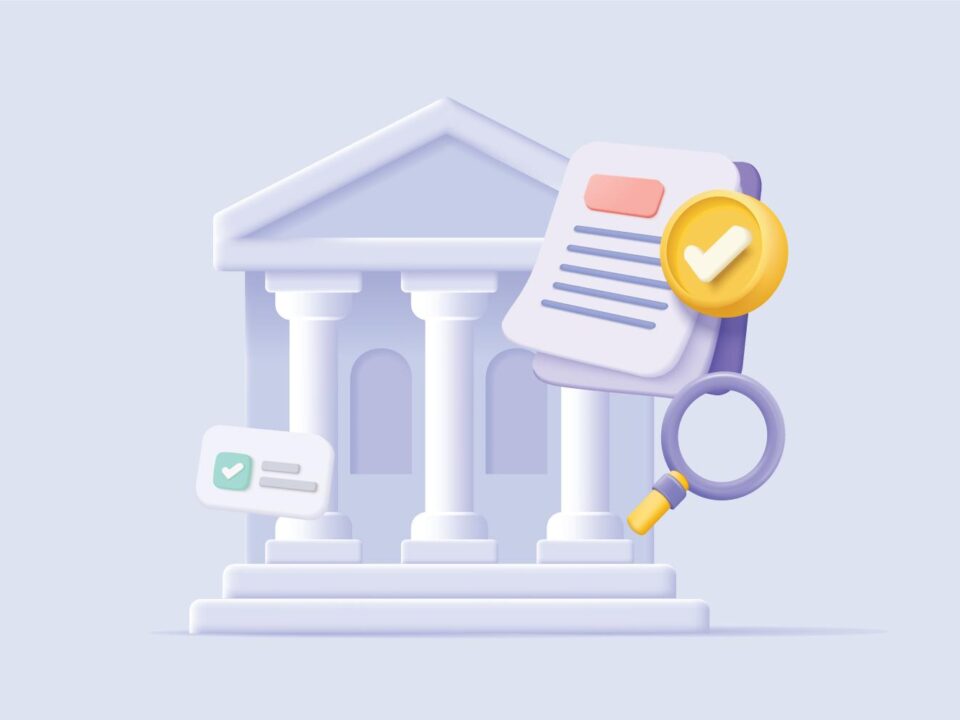Asset finance is a critical lever for small businesses across the United States, enabling swift acquisition of essential assets without straining working capital or taking on crippling debt. This comprehensive, semantically-rich guide explores every facet of asset finance—defining concepts, detailing types, dissecting benefits and risks, and providing actionable strategies—all with an emphasis on helping small American businesses thrive in a competitive landscape.
Introduction to Asset Finance
Asset finance refers to loans or leasing agreements where the funding is directly tied to a hard asset—such as equipment, vehicles, machinery, or technology—and is increasingly chosen by small businesses wishing to invest in infrastructure without large upfront costs. Instead of buying outright, businesses can spread payments over time, improving cash flow and preserving operational flexibility.
Types of Asset Finance
- Hire Purchase: Businesses make regular payments to eventually own the asset outright, perfect for long-term planning and ownership.
- Leasing: Companies use the asset for a fixed period and may have the option to upgrade equipment or purchase it at lease-end, which is ideal for maintaining technological competitiveness.
- Asset-Based Lending: Businesses secure loans against existing assets, which is especially helpful for releasing tied-up capital and offering alternatives to unsecured loans.
- Asset Refinance: Existing assets serve as collateral, allowing businesses to unlock cash for operational needs or growth.
Why Asset Finance Matters for U.S. Small Businesses
Asset finance gives small businesses a unique edge:
- Preserves Working Capital: Funds otherwise earmarked for asset purchases remain available for daily operations or emergencies.
- Improves Cash Flow: Payments are spread over time, avoiding cash flow shocks from large capital purchases.
- Accessibility: Often easier than unsecured loans, asset finance is less risky for lenders because assets may be repossessed if businesses default, making it viable even for those with modest credit histories.
- Flexible Structures: Agreements can be customized to business goals, allowing the lowest costs, regular upgrades, or changeovers on assets.
- Tax Benefits: Certain forms, such as leasing, may allow businesses to deduct payments as expenses, reducing overall tax liability.
What Assets Can Be Financed?
Common assets suitable for financing include:
- Machinery and manufacturing equipment.
- Commercial vehicles (vans, trucks, company cars).
- IT infrastructure, software, and hardware.
- Office furniture and fittings.
- Inventory, warehousing assets, and specialized industry tools.
The Asset Finance Process: Step-By-Step
- Assessment: Define what assets are needed and calculate the potential ROI to justify financing.
- Application: Gather details (asset description, cost, supplier quote, business statements) and submit to the lender.
- Approval: The lender evaluates creditworthiness and the asset value, sometimes requiring additional documentation or guarantees.
- Agreement: Negotiate terms—interest rate, tenure, monthly payment—then sign the agreement and arrange for asset delivery.
- Repayment: Tender monthly payments as stipulated, with asset ownership transferring upon completion if hire purchase is chosen.
Advantages of Asset Finance
- Speed: Standard assets may be financed within days, enabling immediate operational scaling.
- Low Entry Barriers: Startups and small businesses often meet minimal requirements compared to conventional loans.
- Competitive Rates: Secured nature of asset finance typically attracts lower interest rates.
- Dedicated Support: Many finance providers offer bespoke packages and dedicated account management for tailored solutions.
Potential Risks in Asset Finance
- Repossession Risk: Failure to keep up payments could result in asset repossession, disrupting operations.
- Early Repayment Costs: Some agreements penalize premature settlements.
- Obsolescence: Leasing may lead to outdated assets if upgrades aren’t factored into the agreement.
- Complex Terms: Hidden fees or unclear covenants can hurt businesses. Always review contract details meticulously.
Key Considerations for U.S. Businesses
- Eligibility: Providers differ in requirements regarding business age, turnover, asset value, and credit score.
- Term Length: Asset finance agreements typically span 6 months to 7 years, matching asset lifespans and business projections.
- Personal Guarantees: Most agreements require owners or directors to guarantee repayment, especially for smaller firms or those with limited credit history.
- Provider Choice: Opt for finance companies with expertise in your industry and a proven track record of supporting growth-oriented small businesses.
Asset Finance vs. Traditional Business Loans
| Feature | Asset Finance | Traditional Loan |
| Collateral | Specific asset (secured) | General (may be unsecured) |
| Accessibility | Higher (lower credit threshold) | Varies (may require strong credit) |
| Rates | Often lower | Variable |
| Speed of Approval | Fast for standard assets | Can be lengthy |
| Flexibility | High (tailored packages) | Moderate |
Regulatory and Tax Landscape
The U.S. Small Business Administration (SBA) guarantees asset finance loans, improving accessibility for small businesses and reducing lender risk. Many asset finance solutions are eligible for favorable tax treatment, such as Section 179 deduction for equipment purchases, allowing businesses to deduct the full price of qualifying equipment and software in the year it is financed.
Strategic Tips for Small Businesses
- Perform ROI Analysis: Justify every asset acquisition by projecting added revenue versus the cost of finance and ownership.
- Negotiate Terms: Don’t accept generic offers—push for rates and tenures that align with your cash flow and growth horizon.
- Review Contracts Carefully: Beware of hidden charges, repossession conditions, and upgrade limits.
- Prepare Documentation: Have asset quotes, business statements, and tax documents ready to speed up approvals.
- Consult Experts: Work with specialist asset finance advisors for tailored funding packages.
- Monitor Payments: Automated tracking helps prevent missed repayments and preserves business credit standing.
Future Trends in Asset Finance
- Digital Asset Financing: Online platforms and fintech lenders are expanding rapid approval and low-friction asset financing, even for non-tangible assets like software licenses.
- Sustainable Asset Acquisition: Investors and lenders increasingly prioritize assets that support environmental, social, and governance (ESG) goals—such as low-emissions vehicles and energy-efficient equipment.
Conclusion
Asset finance is a flexible, accessible, and strategic solution for small businesses in the United States—empowering firms to invest in growth, upgrade operational infrastructure, and stay competitive without draining liquid reserves. By understanding the full scope of asset financing solutions, benefits, risks, and procedural requirements, entrepreneurs can make informed financial decisions and build resilient businesses set for lasting success.
Small businesses are encouraged to carefully research providers, consult finance experts, and analyze their own business needs so they can harness the full power of asset finance in the accelerating American economy.




